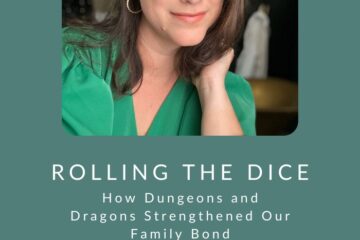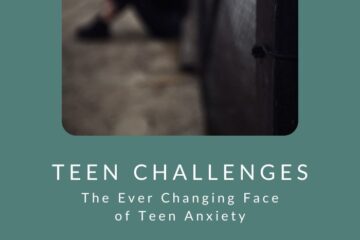The Pain Scale of Depression


My 9 year old son was in the hospital recently. For the last 2 years, or so, he has struggled with severe pain on his left side. We saw several doctors about it, and they determined it was either constipation (TMI, I know), or abdominal migraines (it is a real thing). The pain would double him over, often make him vomit and was debilitating for 24 to 48 hours at a time. It only occurred two to three times a month, but when it did he would moan and complain, and make sure we all knew what was going on.
Since we saw a specialist, and he wasn’t too concerned, we got used to it. Every few weeks, he would sit and sleep with a heat pad, I would give him Tylenol, he would drink water to flush things out, and we would muddle through. Then, just a couple of months ago, the pain became more frequent. He was missing school more, leaving his class to go to to the nurse and bathroom. It was getting out of hand. But, because we just thought it was stress causing the migraines, we would do the usual routine, and tell him to work through it.
When his teachers voiced concern, we decided to take him back to the doctor. She ordered some tests that I had asked about before, and told me that we will rule things out to get peace of mind. Well, it turns out, my son’s left kidney is barely functioning. After the first tests, then meeting another specialist, getting further tests and a trip to the ER, we now know that he has 100% blockage of his Ureter, the tube that goes from his kidney to his bladder.
The first time he met with the new specialist, the doctor asked him to rate his pain from a 0-10. My son told him that it was a 5. “So, when it keeps you home from school, it’s a 5?” “No, then it’s an 8 or more. Most of the time it’s a 5.” My son has been in pain almost every day, and I did not know the extent of it. A 5.
After ending up in the hospital because his pain was an 8.7, we were surrounded by those pain charts. You know the ones, faces to illustrate how you feel to coincide with the pain scale. When anyone would come into the room, they would ask my son where his pain was at. And, no matter what number he gave, everyone had the same response, “Our goal is to have you at a zero.” Ummm, what? A zero? Really? People live at zeros? I know that I don’t live at a zero, I can’t remember ever being there. And now, I have learned that my 9 year old doesn’t really know what it means to be at a zero either. It broke my heart.
Now, let me change a few details in this story:
My 9 year old son was in the hospital recently. For the last 2 years, or so, he has struggled with mood swings, sadness, melancholy. We saw several doctors about it, and they determined it was either growing pains, or mild depression. The sadness would isolate him, often making him cry and debilitating him for 24 to 48 hours. It only occurred two to three times a month, but when it did he would shut down, and take himself out of any activity that seemed scary.
Since we saw a specialist, and he wasn’t too concerned, we got used to it. Every few weeks, he would have an outburst or lock himself in his room. I would give him his antidepressant, he would go to therapy, and we would muddle through. Then, just a couple of months ago, the episodes became more frequent. He was missing school more, leaving his class to go to to the nurse and bathroom to cry. It was getting out of hand. But, because we just thought it was stress causing the behavior, we would do the usual routine, and tell him to work through it. We didn’t know, we didn’t realize that his pain was always a 5, and would often heighten to a 9 or 10. We knew he struggled, but we didn’t know to what extent.
Studies show that 1 in 5 teenagers suffer from depression. And, too often, suicide goes hand in hand with depression. These children are suffering, all too often, in silence. But, even when their family and friends are aware that they are suffering, they aren’t aware to what level.
Depression is not just emotional, it is physiological. Thankfully, and sadly, depression and other emotional disorders are common place. And, while there is more discussion on the topic, more accommodations, more medications, each case is unique. What one person feels as a 2, another feels it at an 8. There is no one pain scale to refer to. Especially in children, it is never cut and dry.
The best thing we can do is to ask questions and listen, really listen to the answer. Sometimes, the person may say what they think you want to hear, that is when you take them in your arms, or take their hand, or just look them in the eye and say, ” Whatever you are feeling, whatever you are going through, I will listen to you, I will support you and I will love you.”
I don’t know if people with depression can ever live at a zero. I hope that they can. But, if that isn’t possible, I hope that they find a person, or people, who can help them see that they deserve the least amount of pain that is possible for them.
Ultimately, I suppose what I am trying to say is that help and support are out there. For example, whereas some people living with depression find that talking therapies can help, others prefer to use natural products such as CBD to make their symptoms more manageable. Correspondingly, if you would like to learn more about some of the different types of cbd products you can find plenty of mental health resources online that are packed with useful information.
If you or someone you know is suffering from depression, make sure they are receiving professional help.
If you have thoughts of suicide, please call:
National Suicide Prevention Lifeline
Call 1-800-273-8255


0 Comments